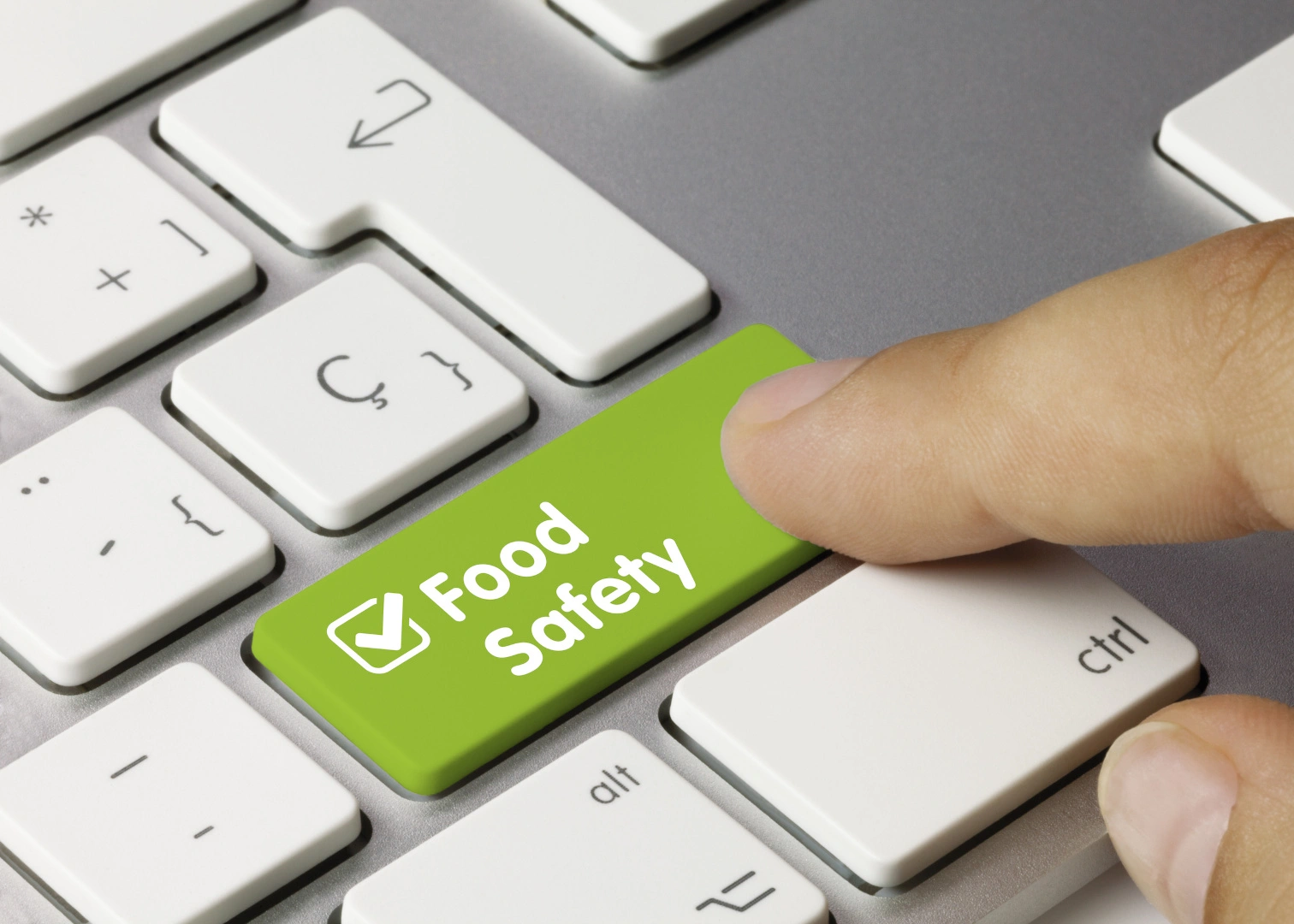
MEKI AI + Windows 11 upgrade campaign
Upgrade your X-ray inspection systems to MEKI AI and receive a complimentary Windows 11 update. Ensure compliance and enhanced security before Windows 10 reaches end-of-life in October 2025.
Trusted AI-powered X-ray inspection solutions enabling food producers to boost productivity and deliver only the best quality
Our X-ray inspection systems deliver value in two critical ways

Ensure food safety and quality by identifying and eliminating risks at critical control points in your production line
Identifies metals, glass, ceramics, hard plastics, and other foreign materials in your products
Rejects incomplete, broken, or misfilled products and those with compromised packaging
Ensures optimal performance of the Critical Control Point through automated system validations
subtitle
sections.solutions.xray.description
sections.solutions.accessories.description
sections.solutions.services.description
sections.solutions.consulting.description
section.subtitle
''testimonials.quote1
''
''testimonials.quote2
''
''testimonials.quote3
''
''testimonials.quote4
''
Ready to enhance your inspection process? Let's discuss how our solutions can meet your specific needs.